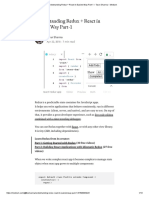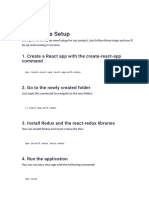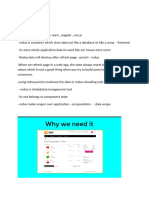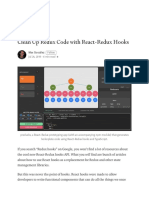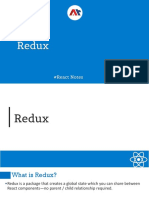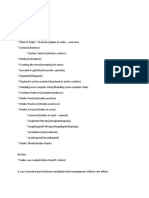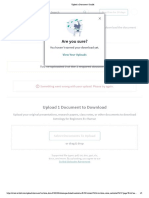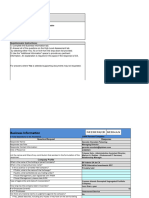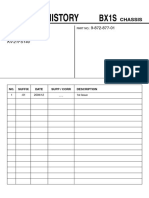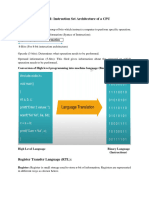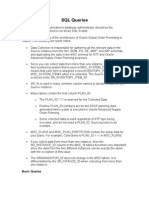0% found this document useful (0 votes)
30 views7 pagesImproved Introduction To Redux
Improved_Introduction_to_Redux
Uploaded by
Akai JoeCopyright
© © All Rights Reserved
We take content rights seriously. If you suspect this is your content, claim it here.
Available Formats
Download as PDF, TXT or read online on Scribd
0% found this document useful (0 votes)
30 views7 pagesImproved Introduction To Redux
Improved_Introduction_to_Redux
Uploaded by
Akai JoeCopyright
© © All Rights Reserved
We take content rights seriously. If you suspect this is your content, claim it here.
Available Formats
Download as PDF, TXT or read online on Scribd
/ 7
